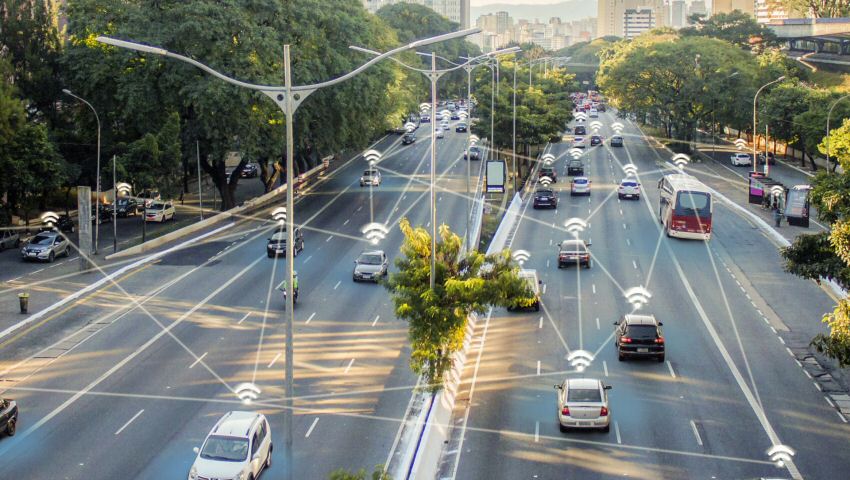
5G will turn your car into a super computer!
We’ve had four of them so far. And a fifth one is on its way. This next one will be a game-changer.
What are we talking about? ‘G’s, of course. 5G is hot news pretty much everywhere, and it’s already available in the UK in about 50 locations, with many more towns and cities across the country set to join the party in 2020.
So, what’s all the fuss about? Is this just another G? Or is it different? Well, there’s a straightforward answer to that last question, and it’s an emphatic ‘yes’ – it’s different! Very different. In fact, it’s no exaggeration to say that 5G has the potential to change the world! Delivering fibre-level (Gbit/second) speeds to everyone, everywhere, it will trigger a quantum leap forward in today’s hottest technologies, from AI (Artificial Intelligence) and AR (Augmented Reality), to the IoT (Internet of Things). And the impact will be huge. Especially in the field of cars.
Why? Let’s start with a simple statistic: according to Gartner, there were (in 2018) 308 million cars running on Europe’s roads, including 38 million in the UK. That’s a lot of cars. And, as our road systems depend more and more on inter-car connectivity, the ability to transfer large amounts of data in real-time will be critical to keeping things running smoothly. This is true right now, but it will be even more true if human drivers are to be removed from the equation and self-driving cars are to become a reality. 4G – to put it bluntly – simply isn’t up to the job.
To see why this is the case, consider the world of F1. Over the years, motorsport has played a key role in introducing many car features that are now considered standard on ordinary production vehicles, from anti-lock brakes to rear-view mirrors. Today, the sport’s technical whiz kids are continuing with this pioneering spirit, in an effort to slash away those critical extra split seconds of circuit time. To do so, they use wireless standards to collect data from their cars, on everything from temperatures to tyre pressures. But collecting all the information they need, as quickly as possible (while stationary, in the pits), requires transfer rates up to 1.9 gigabit-per-second – almost 20 times the capability of 4G.
Now imagine such a data transfer requirement in a situation where there are millions of cars, all needing to establish real-time, two-way communication between themselves and other devices around them. This situation is known as V2X – Vehicle to Everything communication, and it’s fundamental to the viability of self-driving cars, enabling each vehicle to navigate a road network full of traffic, pedestrians and other hazards by collecting information from cameras, lasers and radar and creating a 3D digital map of their surroundings. Vehicles will also communicate with the cars around them to determine their intentions – whether, for example, they’re going to make a turn, accelerate or brake. They’ll also be able to get information from traffic lights, road signs and lane markings to give the driver a heads-up about a traffic jam or sharp bend in the road before they can see it.
And that’s just the start of the immediate benefits of V2X. Others include, for example, predictive maintenance – a technology that uses sensors to warn car owners when a component is likely to fail. By monitoring the health of the battery in real-time, for instance, cloud-based algorithms can evaluate the chance of a breakdown and warn the driver in advance via their smartphone. And then there’s in-car entertainment – an aspect of vehicle technology that will go far beyond drivetime radio or onboard video. As people will no longer be tasked with driving, or even navigating, they’ll become a captive audience, providing new revenue options for automotive, telecoms, advertising and content/streaming businesses. There’s much, much more, of course, but we’re running out of space. Do a search on ‘V2X’ and you’ll see what we mean.
Of course, not everybody is convinced that driverless cars is the way society should be going. But whether or not you’re among their members, it’s hard to deny that the fifth G in the current series is a different animal to its predecessors.
One thing that hasn’t - and won’t - change, though, is the range and value of cars in the Desperateseller.co.uk used cars section, where you’ll find whatever you want, from a Suzuki Swift to a Mercedes S-Class. Check it out now, and you’ll see what we mean!













